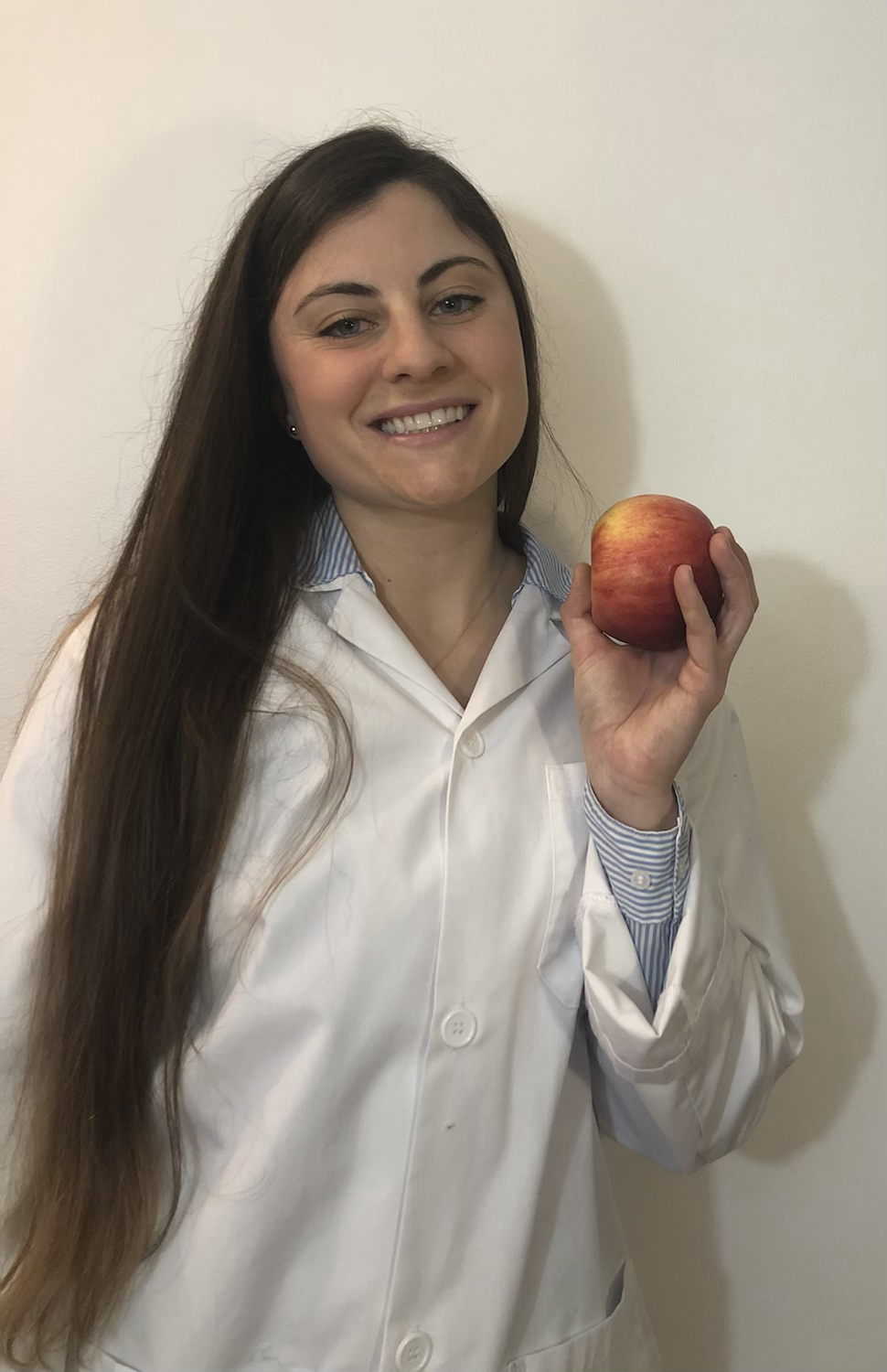Should I Take a Vitamin D Supplement?
- Karine Drouin

- Jun 1, 2021
- 3 min read

Across the Nordic countries, where the sun is scarce in winter, many people suffer or risk suffering from a vitamin D deficiency. To counter this problem, this text explains why this vitamin is important, mentions the sources, how to increase its consumption in vitamin D and how the beautiful long sunny days that come with summer can help us.
Why is Vitamin D Important?
This micronutrient helps our body to absorb calcium. It then helps in having healthy bones and teeth when consumed in sufficient quantities with calcium. Likewise, this vitamin helps in the activity of our muscles, nerves and immune system. Thanks to scientific research, it has been discovered that this vitamin may be linked to a lower risk of certain cancers and certain diseases (Dietitians of Canada, 2019).
What Are The Sources?
In food, this micronutrient is rather rare. However, it is possible to meet our needs when we consume enough foods rich in this vitamin.
Vegetarian sources: Fortified drinks (soy, rice, nuts, oats, etc.), fortified orange juice, margarine (Health

Canada), mushrooms exposed to UV rays (Cardwell et al., 2018), etc.
Animal sources: Cow's milk, fatty fish (salmon, sardines), eggs, and in some fortified yogurts (Dietitians of Canada, 2019), supplements, etc.
Other source: UV rays from the sun.
Sun exposure
Vitamin D3 (cholecalciferol) commonly known as the sunshine vitamin can be formed by our bodies through exposure to UV rays from the sun. In northern countries, UV rays are insufficient from October to April for our skin to synthesize enough of this vitamin. For a healthy adult, exposure of the hands, forearms and face for 10 to 15 minutes without sun protection would be sufficient to meet their vitamin D needs for a day. To be effective, exposure to UV rays from the sun should be 2 to 3 times a week, between 11 a.m. and 2 p.m. (Brunet). The time of sun exposure required to make vitamin D varies with the color of the skin and how much skin is exposed. Besides, it is not possible to synthesize it inside if the windows are closed. UVB rays do not pass through the glass (NHS, 2018).
Supplementation
In winter in the Nordic countries, if you do not consume foods rich in vitamin D, supplementation may be necessary. In addition, with age, our needs increase and it gets hard to meet them from food only. For more information, contact your doctor or dietitian.
Tips for increasing your vitamin D intake
At mealtime, one can take a latte, cereals with milk, eggs and yogurt. You can opt for a bagel or wrap with smoked salmon, or sardines on crackers as a starter. You may use margarine in your recipes since it is fortified with vitamin D.
For the preparation of pancakes, waffles, desserts, soups, puddings, oatmeal, smoothies and sauces, you can use cow's milk or an enriched drink (soy, nuts, oats, rice, etc.).
Conclusion
In short, if you do not consume enough foods rich in vitamin D and it is impossible to be exposed to sunlight long enough (hands, forearms and face), it is quite possible that you need a vitamin D supplement.
See you next time,
Karine Drouin RD :)
References
Brunet. (n.d.). La vitamine D et ses bienfaits. Retrouvé le 27 mars 2021 au https://www.brunet.ca/sante/conseils-sante/vitamine-d-bienfaits/
Cardwell, G., Bornman, J.F., James, A.P. 1and Black L.J. (Octobre, 2018). A Review of Mushrooms as a Potential Source of Dietary Vitamin D. Nutrients. 10(10): 1498. Doi: 10.3390/nu10101498
Les diététistes du Canada. (2019). Ce que vous devez savoir au sujet de la vitamine D. Retrouvé le 27 mars 2021 au https://www.unlockfood.ca/fr/Articles/Elements-nutritifs-(vitamines-et-mineraux)/Ce-que-vous-devez-savoir-au-sujet-de-la-vitamine-D.aspx
NHS. (2018). How to get vitamin D from sunlight. Retrouvé le 27 mars 2021 au https://www.nhs.uk/live-well/healthy-body/how-to-get-vitamin-d-from-sunlight/
Santé Canada. (n.d.) Nutrient Value of Some Common Foods. Retrouvé le 26 mars 2021 au https://www.canada.ca/content/dam/hc-sc/migration/hc-sc/fn-an/alt_formats/pdf/nutrition/fiche-nutri-data/nvscf-vnqau-eng.pdf



Comments